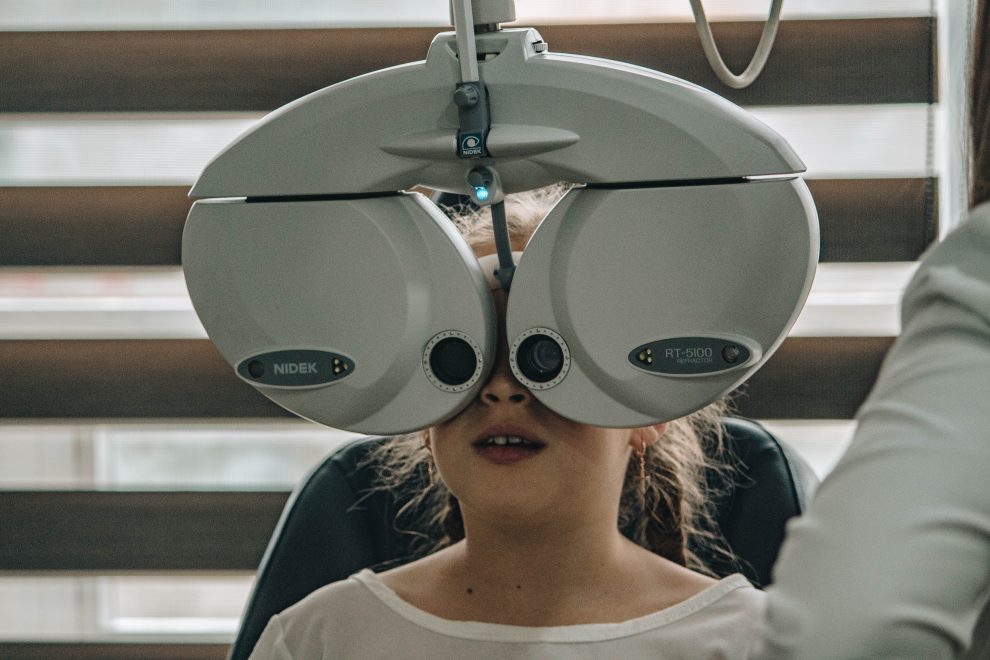What is Myopia?
Myopia is a common eye condition, also referred to as near-sightedness. The condition occurs when a refractive error within the eye leads to light being focused incorrectly on the retina. This results in distant objects appearing blurry while close objects appear clear. Myopia typically develops during childhood and adolescence and often runs in families.
The condition is incredibly common, with an estimated 30% of the global population living with Myopia. The treatment for this condition is typically through the use of corrective lenses, which help to redirect the light and allow for a clear image on the retina. In some cases, surgery may also be required to correct the refractive error.
While Myopia is a relatively harmless condition, it can lead to some serious complications if left untreated. These include an increased risk of developing glaucoma, cataracts, and retinal detachment. Therefore, if you suspect that you or your child may be suffering from Myopia, it is important to see an optometrist or ophthalmologist for a comprehensive eye exam.
Symptoms of Myopia
Myopia typically starts in children from the ages of 6 to 13 years old. During this time, you may notice specific changes that indicate that their eyesight is deteriorating. Behaviours such as poor school performance or limited attention span are often indicative of myopia.
Near-sighted individuals may also experience the following symptoms:
- Far-away objects appear blurred
- Headaches
- Eye strain
- Squinting
- Increased tiredness
Myopia is heavily linked to genetic causes, meaning it often runs in the family. If you or your child has family members with the condition, there is a high possibility that the condition may have been inherited.
Getting an Eye Test
The only way to definitively diagnose Myopia is through a comprehensive eye exam. Your optometrist or ophthalmologist will use a number of different tests and techniques to assess your vision and rule out any other potential causes for the symptoms you are experiencing.
These tests will likely include a visual acuity test which assesses how well you can see from a distance. Your optometrist may also check for any signs of damage to the eye and assess your level of refractive error before recommending a course of treatment.
During this process, you must visit an optometrist that you trust and feel comfortable with. If you have any concerns about the tests or procedures being carried out, be sure to voice them. Remember, you have a right to ask questions and should only proceed with treatment if you are completely happy Bill’s Opticians are local, friendly optometrists with over 50 years of experience. Get in touch to book your eye test today.
Can Myopia Get Better?
Often starting in childhood, Myopia is a lifelong condition that typically only gets worse without intervention. In some cases, the condition may stop progressing at a certain point, but this cannot be guaranteed in every case. In some cases, the near-sightedness stops worsening after the teenage years once the eyes stop developing as quickly. However, in many cases, the condition can continue to degenerate throughout a lifetime.
How to Prevent Myopia from Worsening
For many people, myopia will continually deteriorate over time without intervention. However, the progression of myopia can be slowed or halted with the use of specific treatments and interventions.
- Corrective eyeglasses: Glasses can be prescribed to help correct the refractive error in the eye and allow for clear vision. This is a non-invasive remedy that works for the majority of visually impaired individuals. Lenses are available for single vision, bifocals, and trifocals.
- Contact lenses: Worn directly on the surface of the eye, contact lenses work in a similar way to glasses but offer a more natural appearance. Toric or gas-permeable lenses may be recommended for those with astigmatism. There are also disposable options available.
- Atropine eye drops: These work by paralysing the ciliary muscles in the eye, which helps to prevent the eye from changing shape. This can help to slow or stop the progression of myopia.
- Orthokeratology: This is a type of contact lens that is worn overnight and removed during the day. The lenses gently reshape the cornea while you sleep, which leads to clearer vision during the day. The lenses can then be worn less frequently to maintain the shape of the cornea
- Increased time outside: Spending more time outdoors has been shown to help slow the progression of myopia. This is thought to be due to the sun’s brightness, which prevents the eye from elongating. Additionally, long-distance focusing helps to relax the muscles.
Final Thought
If you or your child is displaying symptoms of myopia, it is important to seek professional help as soon as possible. Early intervention can prevent the condition from worsening and preserve clear vision. There are a number of different treatment options available, so be sure to discuss all of the potential options with your optometrist.
If you are experiencing any of the symptoms of myopia, be sure to book an appointment with Bill’s Opticians. Our professional optometrists can assess your vision and recommend the right course of treatment for you. We offer a range of corrective lenses, contact lenses, and treatment options to help halt the progression of myopia. Contact us today to book your appointment.








Add Comment